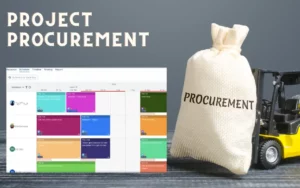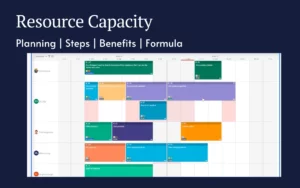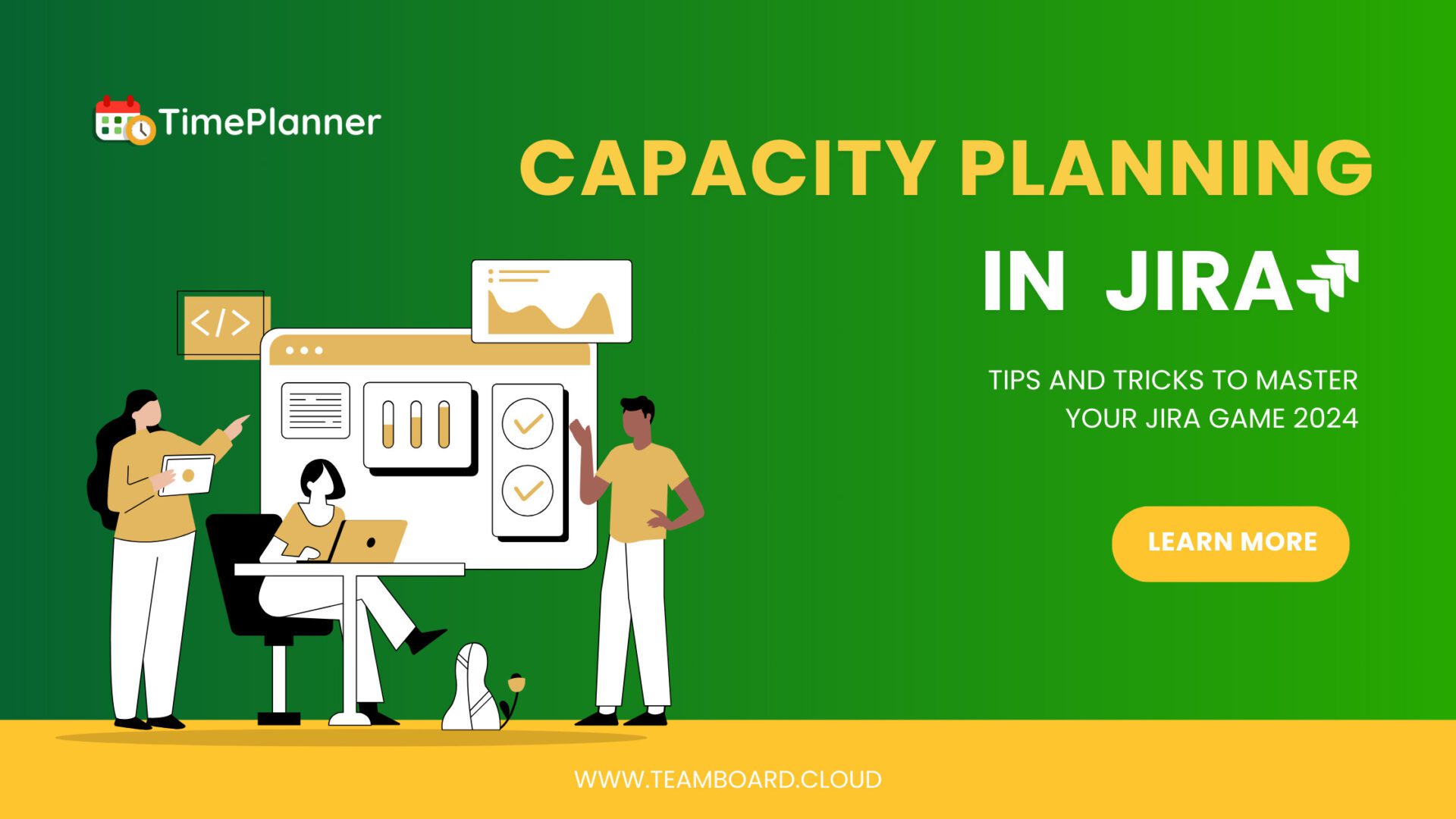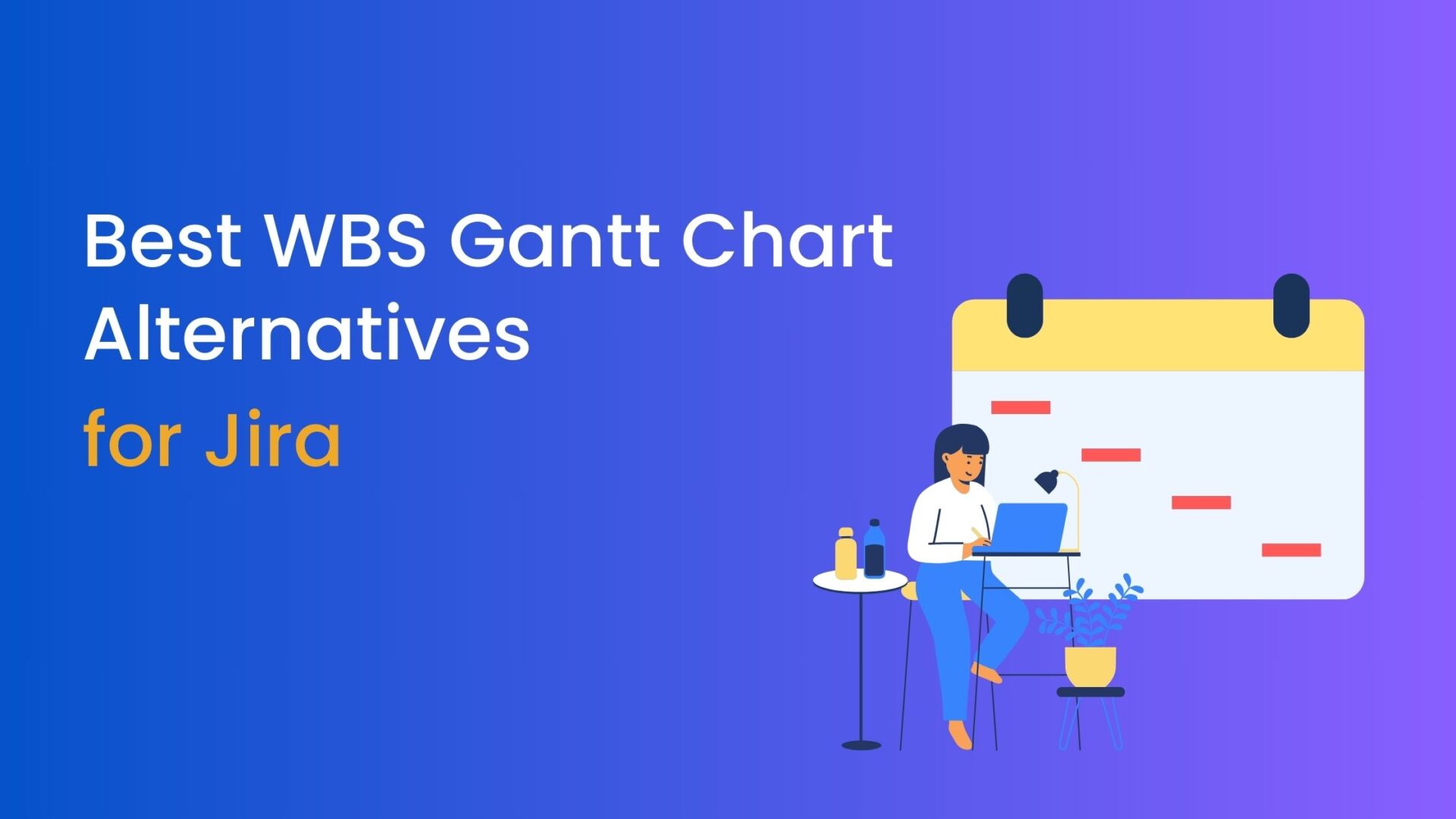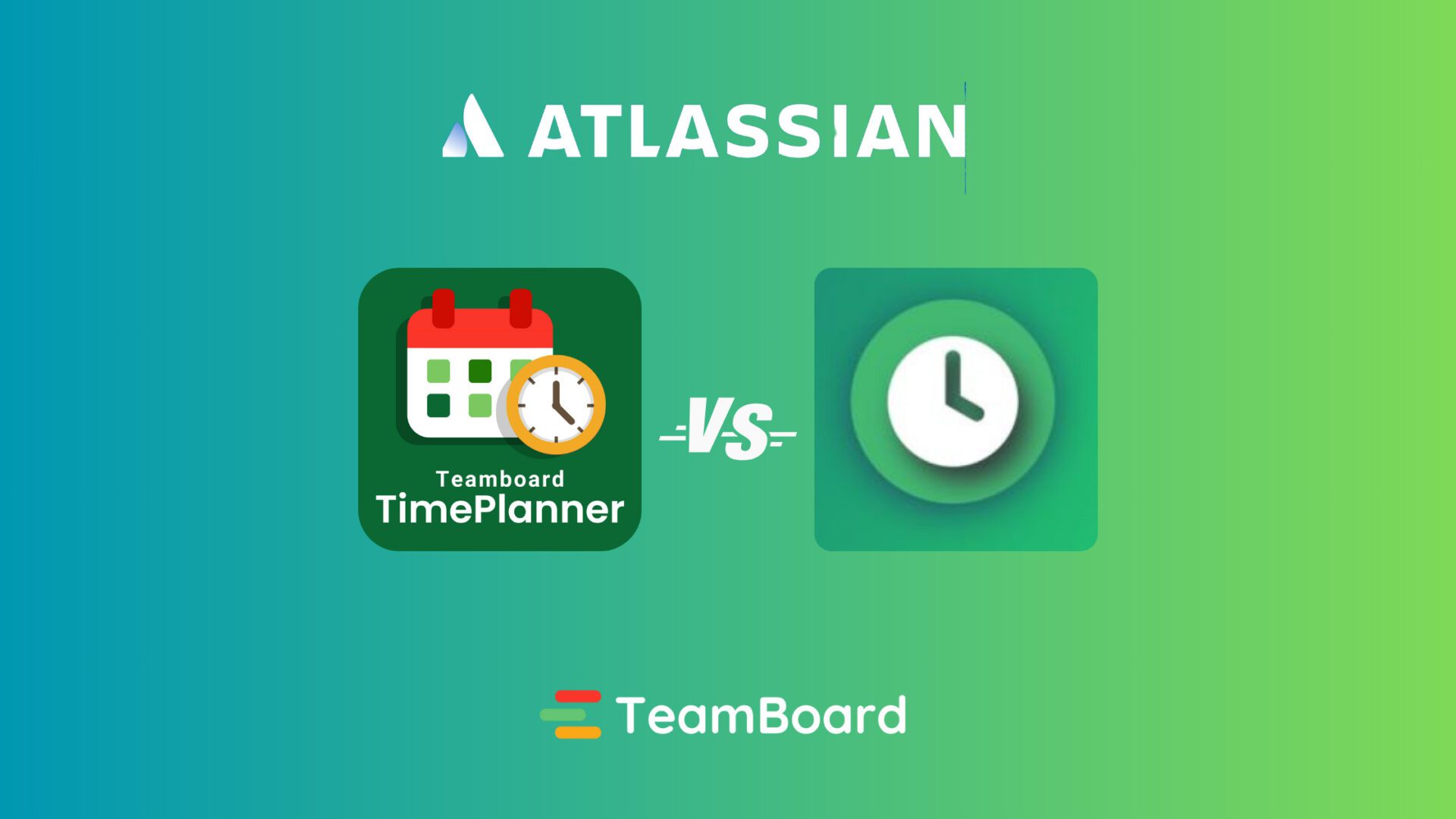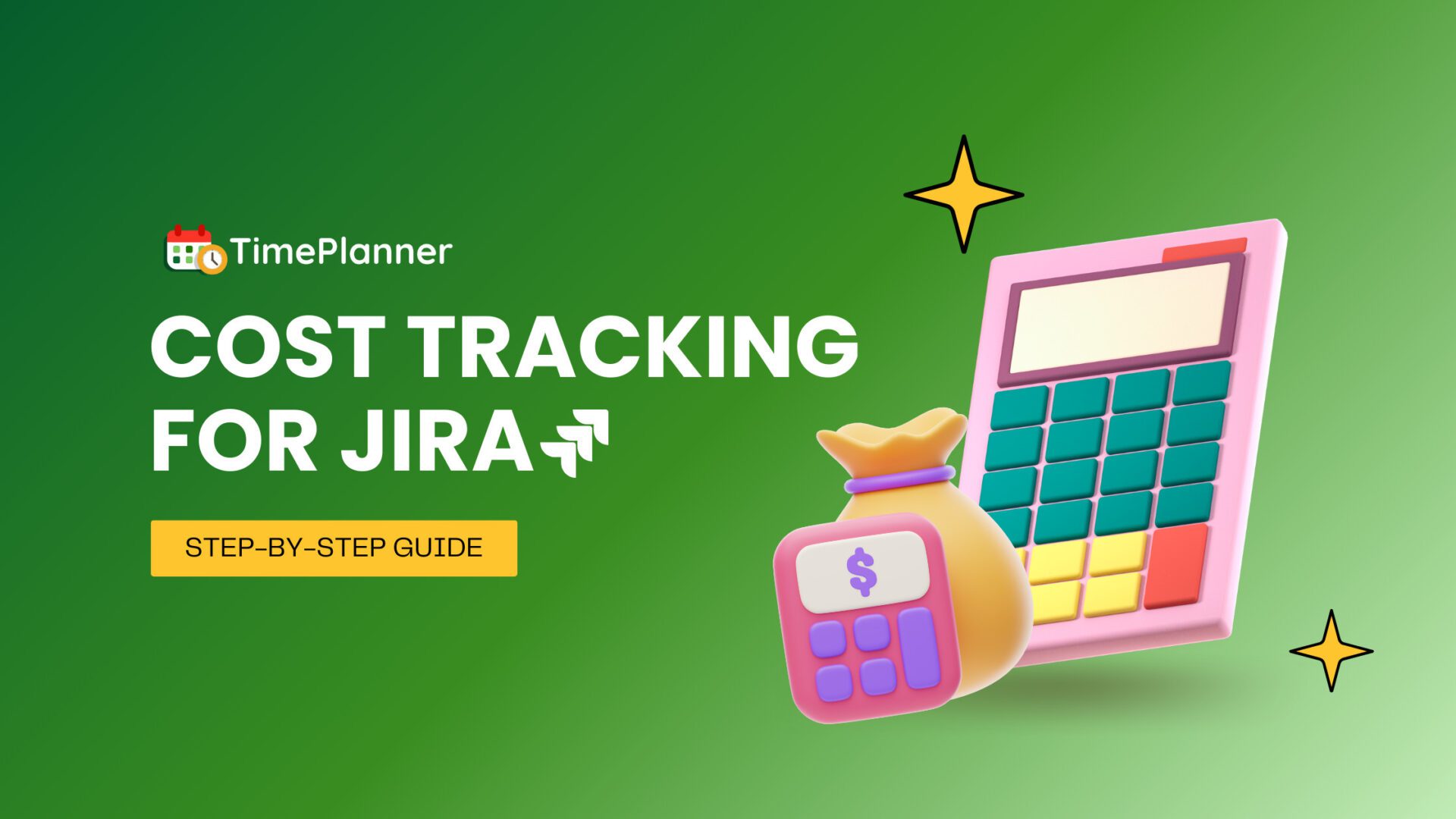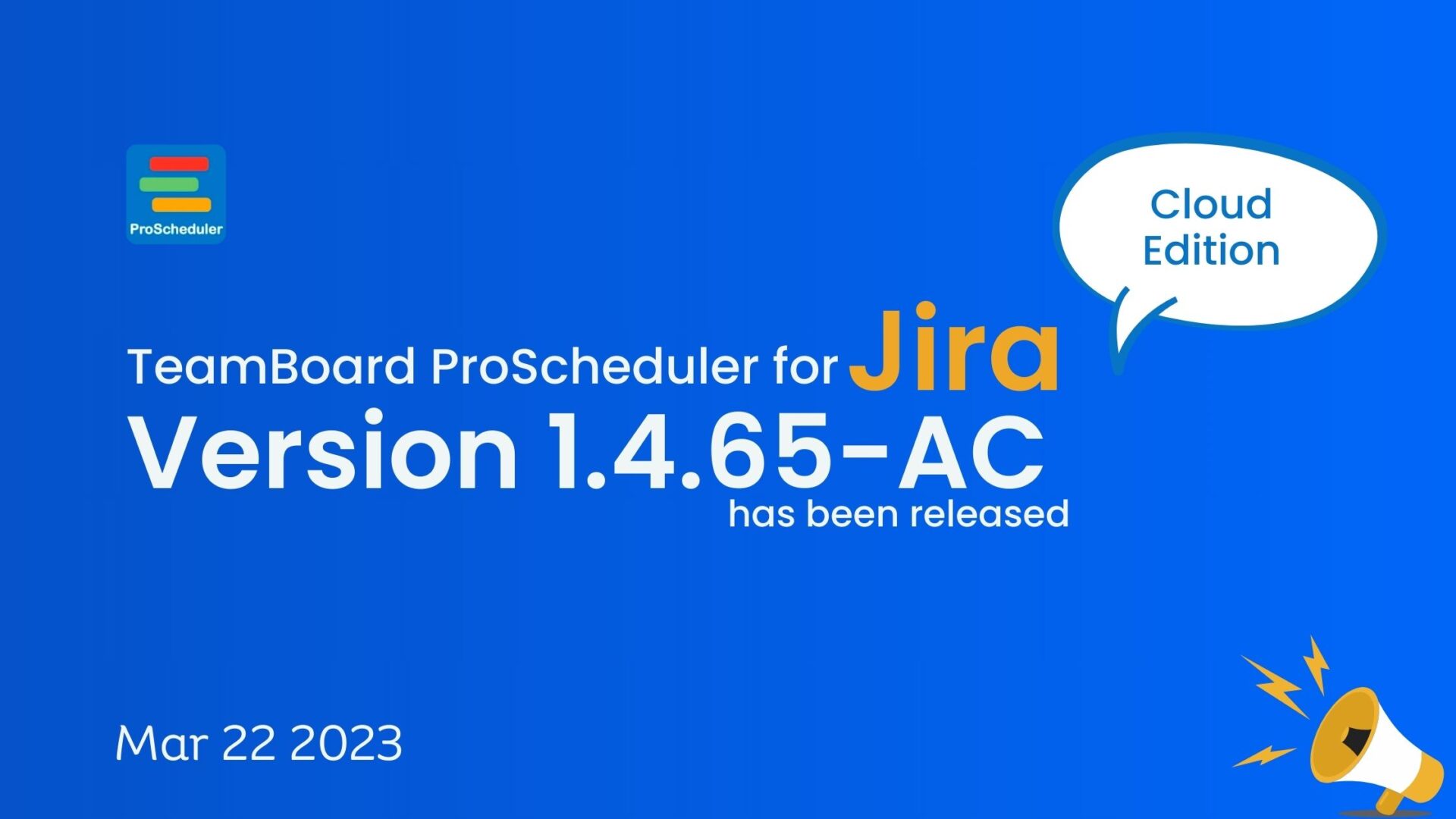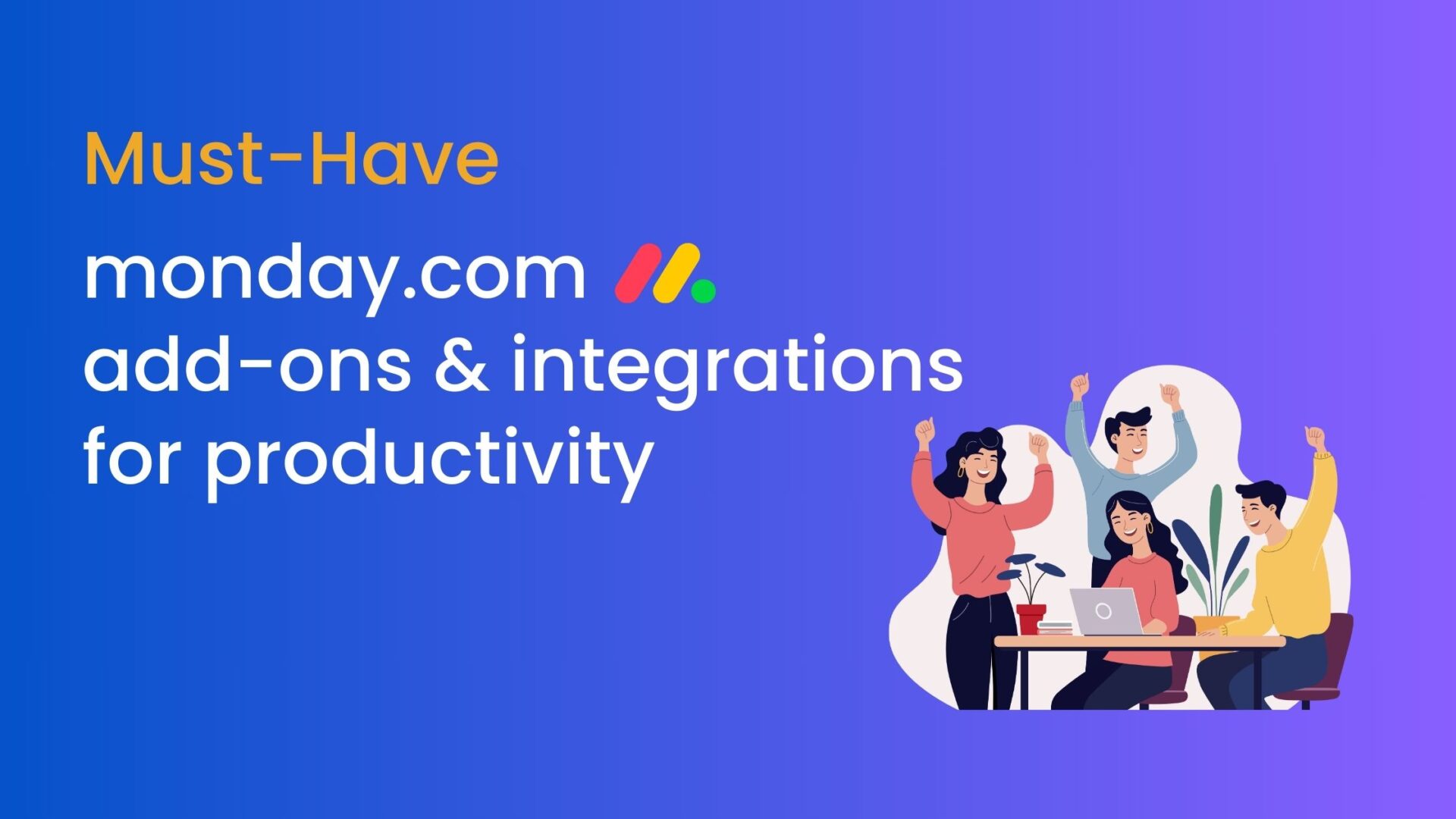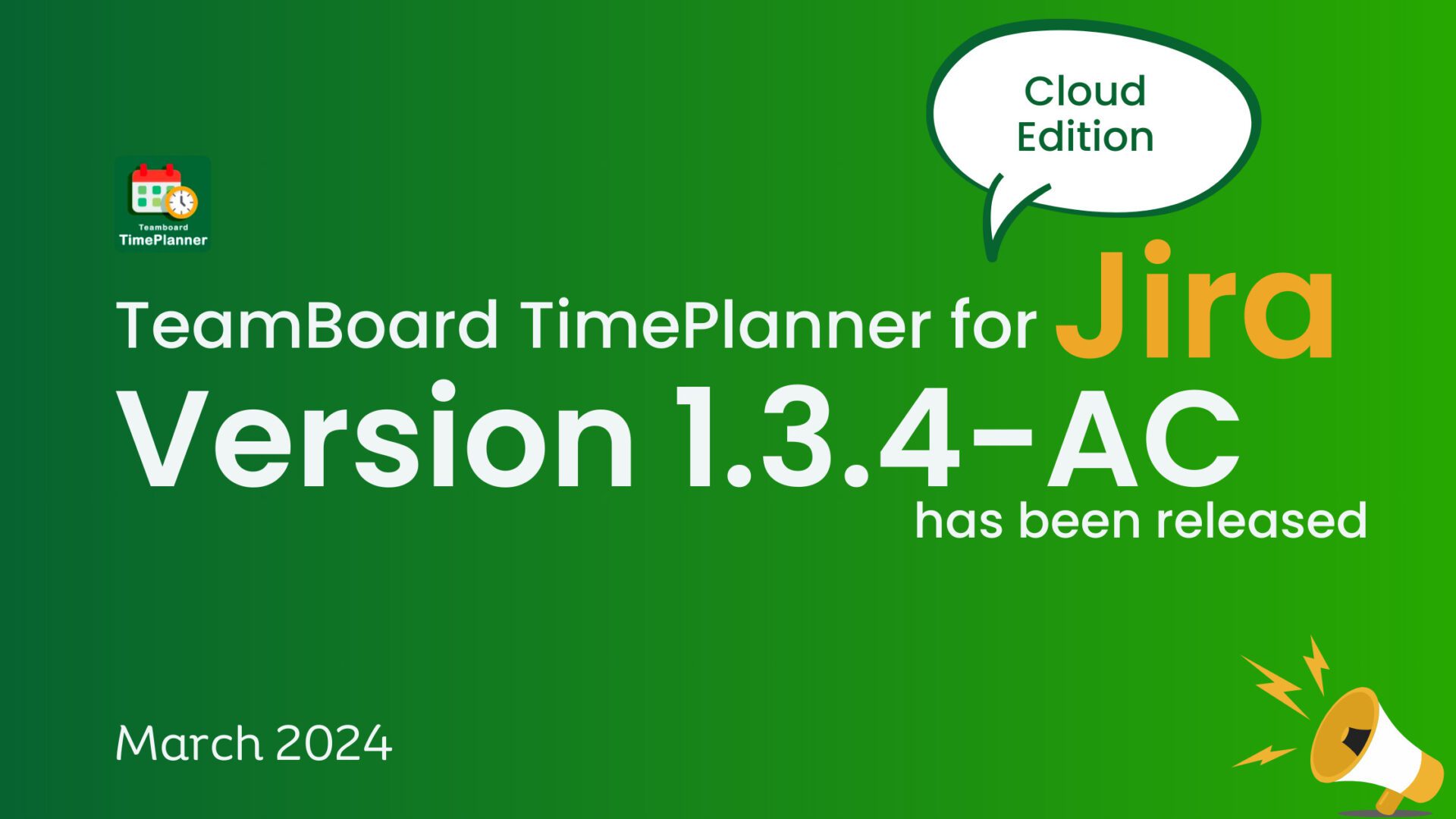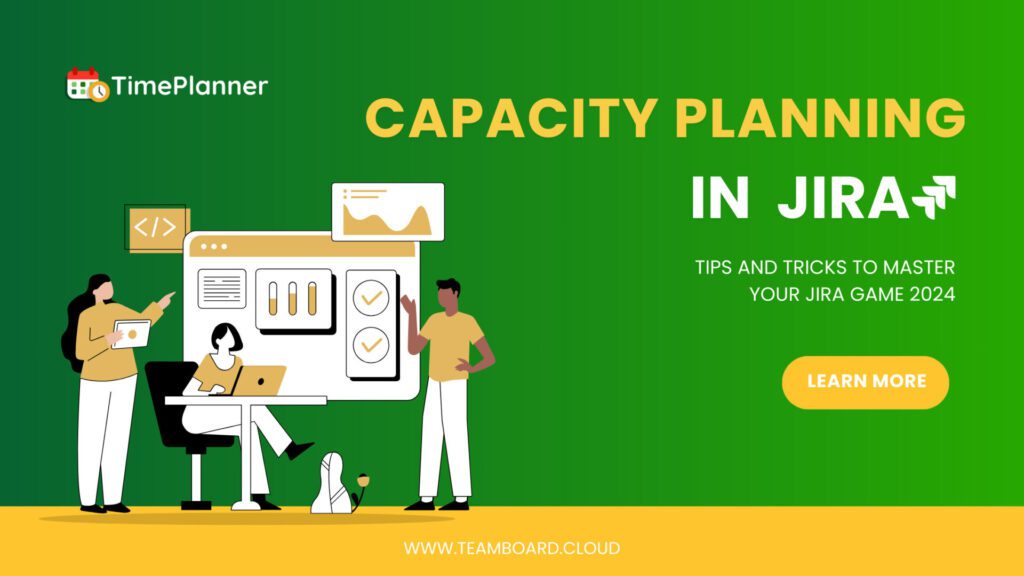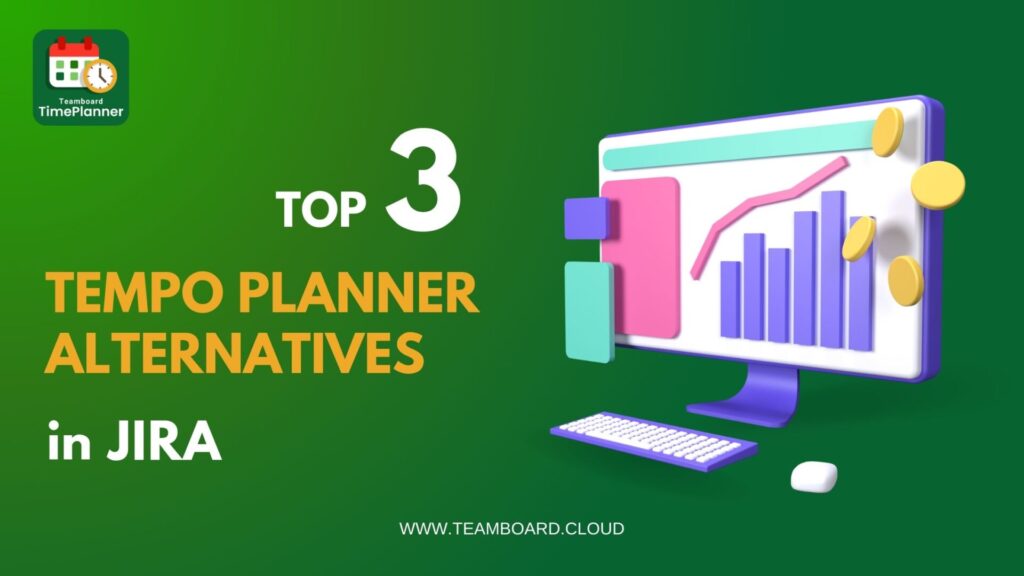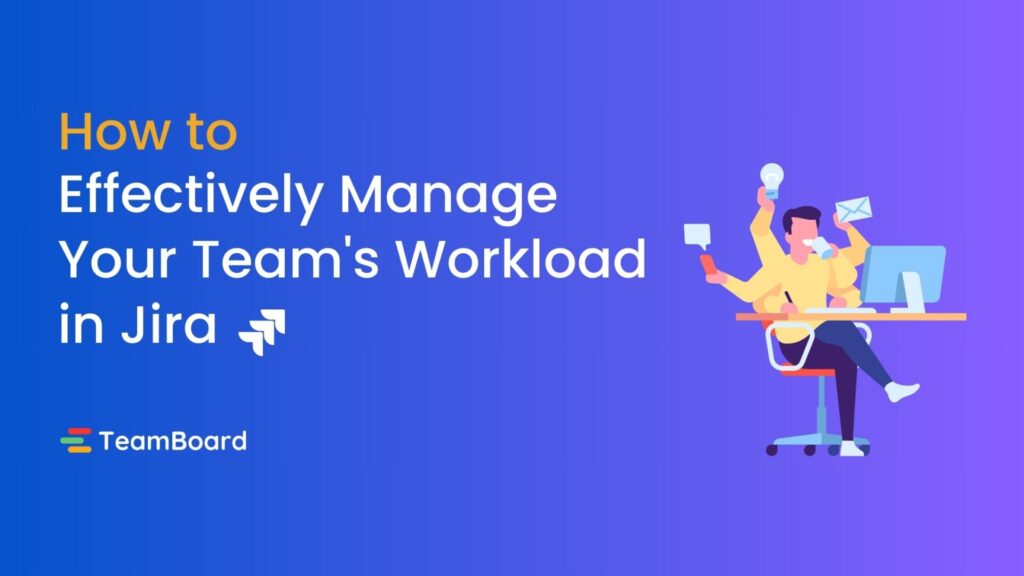Table of Contents
Resource Smoothing | Advantages, Steps, & Examples
If you don’t have a proper project management framework, your team or project will likely fail. Sometimes the resources of different projects overlap, while some tasks need extra people for completion. Not only this, but without a project management system, the even distribution of workload among employees becomes arduous.
Some employees continuously work 12 hours a day while others get plenty of free time or breaks. This difference leaves many good employees burnout due to the workload, and according to ADP research, around 67% of workers feel stressed at work once a week. So, to get the best out of your human workforce, you should utilize the resource smoothing technique. Don’t know much about it? Let’s find out!
What is Resource Smoothing?
Resource smoothing is typically the arrangement and equal distribution of resources throughout the project. It’s a technique where you can use a float to allocate resources, so the project duration isn’t affected. The resource smoothing steps involve determining the project’s critical tasks and hiring new people or changing the whole scope of the project to speed up the project.
Here are a few important things you should know about resource smoothing:
- Used when project time constraints are critical.
- Doesn’t extend the project deadlines or milestones.
- The critical path of the project remains unchanged.
- Focuses on non-critical things that have an association with slack and float.
Slack Time and Float in Resource Smoothing
Slack is the time duration for a certain project activity that can be changed without affecting the complete project deadlines. While float is the measurement of schedule flexibility for a particular task.
Instances in Which Resource Smoothing Works Best
There are certain instances in which resource smoothing works optimally. Here are a few of them:
- With fixed deadlines, employees complete projects within the allotted time.
- The resources are reallocated, and the critical paths cannot be shuffled again.
- Only minor changes can streamline the project development process. For instance, changing a few working hours can do the work.
Resource Smoothing Examples
Example 1
In the first example, we are discussing Jane and Alex, who has a task with three days timeframe. Both employees work simultaneously; however, the project manager soon notices that Alex is working 10 hours daily while Jane is spending only 6 hours on work.
Looking at this, the project manager rearranges tasks so that both employees aren’t overburdened and dedicating the same time to work. This results in equal distribution of work which will ensure desired outcomes.
Example 2
Let’s take another example of kitchen remodeling, where three primary tasks are backsplash, refrigerator, and cabinet installation. The cabinets take around 40 hours to install, while the other two things require 10 hours in total. Suppose you hire two people for it: one for cabinet installation and the other for the remaining tasks.
The cabinets are to be completed in one week, while the backsplash and refrigerator need to be done on Monday and Tuesday, respectively. This leaves a time float of around 30 hours each in the second two tasks. However, on close examination, the project manager evenly disperses the tasks.
Now backsplash and refrigerator are also dispersed over the entire week, using the float hours. Monday and Tuesday are for the backsplash for 5 hours each day, and Wednesday and Thursday are for the refrigerator. This is actually resource smoothing in project management.
Benefits of Resource Smoothing
Here are the primary advantages of resource smoothing to give you a better insight into why it’s necessary:
-
Say Goodbye to Burnout
Around 89% of workers have faced burnout in the past year, negatively impacting their personal and professional relationships. However, with proper resource smoothing, equal distribution of work becomes possible, which frees them from the additional burden. For instance, if someone is working extra hours from Monday to Wednesday, then dispersing that work over the final two weekdays would make a stress-free schedule.
-
No Overuse of Equipment
It also prevents the overuse of equipment. Resource smoothing encourages the moderate use of project equipment and prevents their unnecessary wear and tear. For instance, if some labor is using a lathe machine for continuous 12 hours, it might heat up and can cause issues. While on the other hand, proper resource soothing allows optimal usage of the machine, which not only improves the machine’s effectiveness but also ensures workers’ higher productivity.
-
Better Company Environment
One of the best advantages of resource smoothing is that it promotes a better work-life balance. Equal and proper assignment of tasks among employees gives them mental peace and a sense of care and respect. All workers enjoy a collective responsibility and freedom essential to ensure the successful execution of work. Smoothing respects employees’ boundaries and create a good space between work and personal life.
Resource Smoothing and Resource Leveling
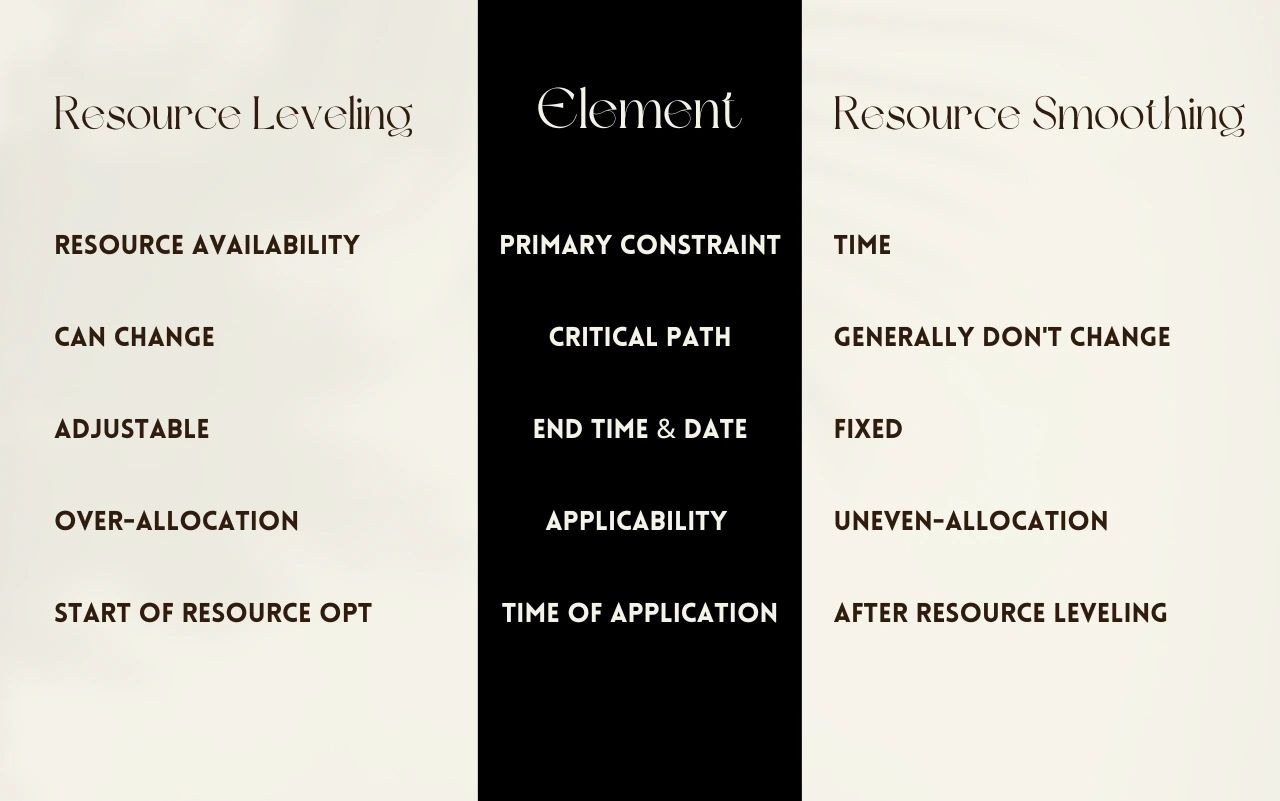
Resource smoothing and resource leveling work on exemplary resource allocation; however, there are a few differences. Resource leveling is the reallocation of resources when there’s no other option left. For example, if a task was arranged for Monday, but the needed equipment is only available on Tuesday, it’ll then be shifted to Tuesday.
Moreover, in a project, resource leveling comes before resource smoothing as it determines the critical path. Once you’ve applied resource leveling and found out the critical path, you can easily move to the smoothing part. Using resource leveling at the wrong time will disrupt your critical path, causing a delay in project submission.
However, this isn’t the case with resource smoothing! It focuses on the maintenance of a project’s budget, time, scope constraints, etc. All these are non-critical things in a way that any changes within them will not affect the critical path.
Conclusion
Both resource leveling and resource smoothing are essential to ensure your project’s timely completion without affecting any employee’s work-life balance. However, to ensure you perform both these project management techniques timely, you need a good resource management tool. If so, then Teamboard Proscheduler is the best in this regard, as it allows you to assign tasks to your team and keep an eye on resources.
In addition, you can track the critical part of a project and proceed with multiple projects at once without overlapping.
Get free access, test it, and then incorporate it into your business upon satisfaction!


